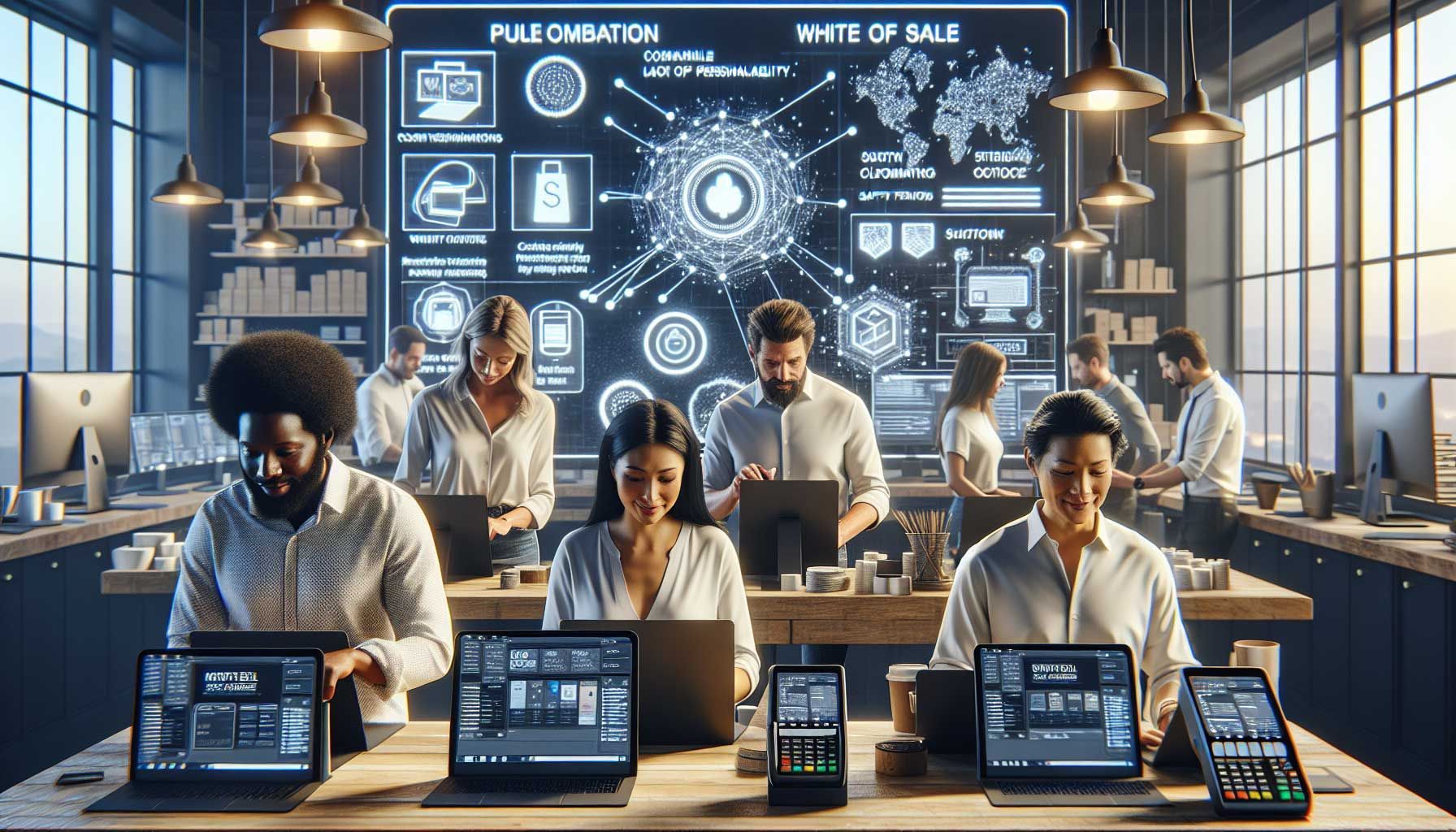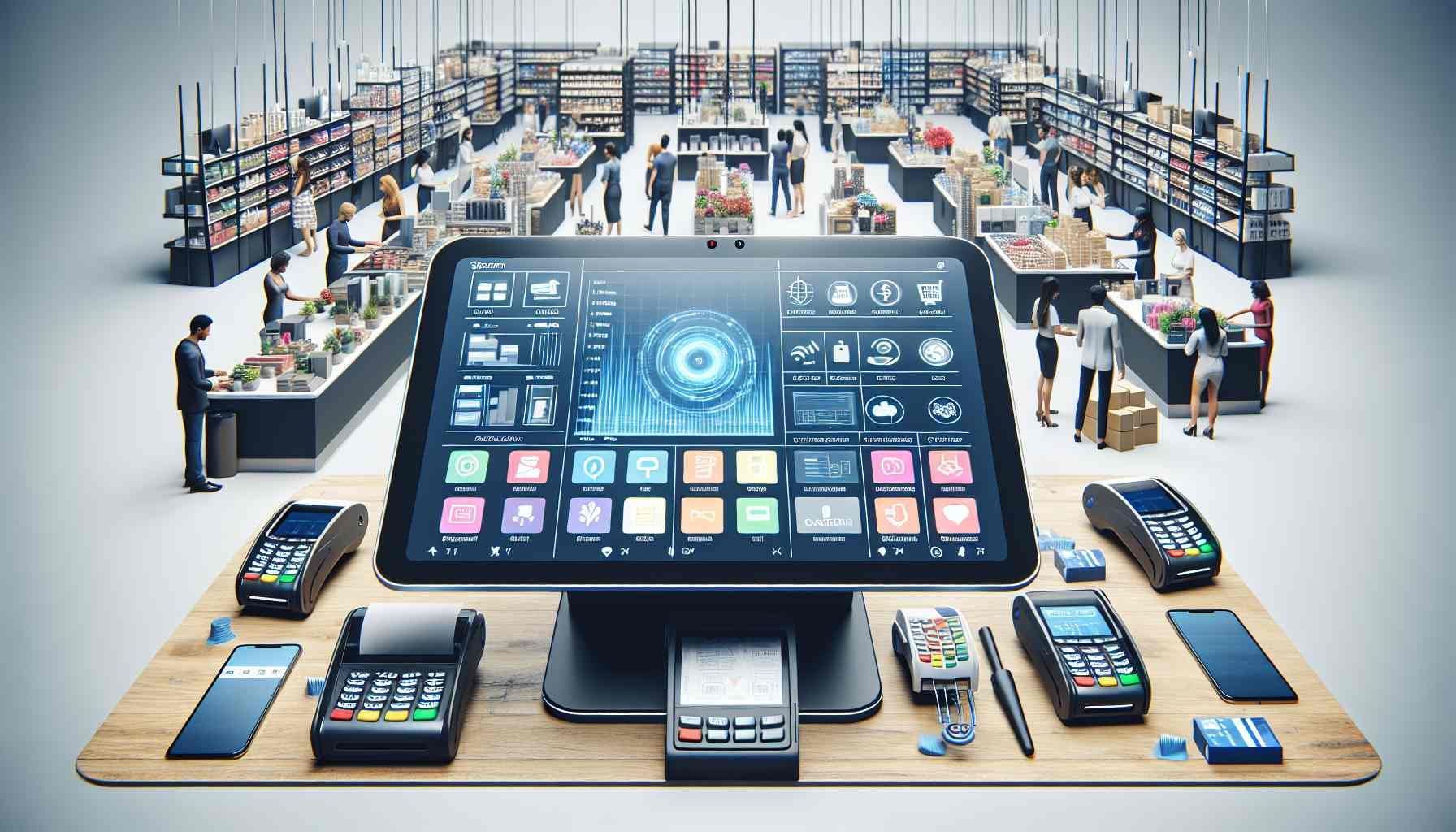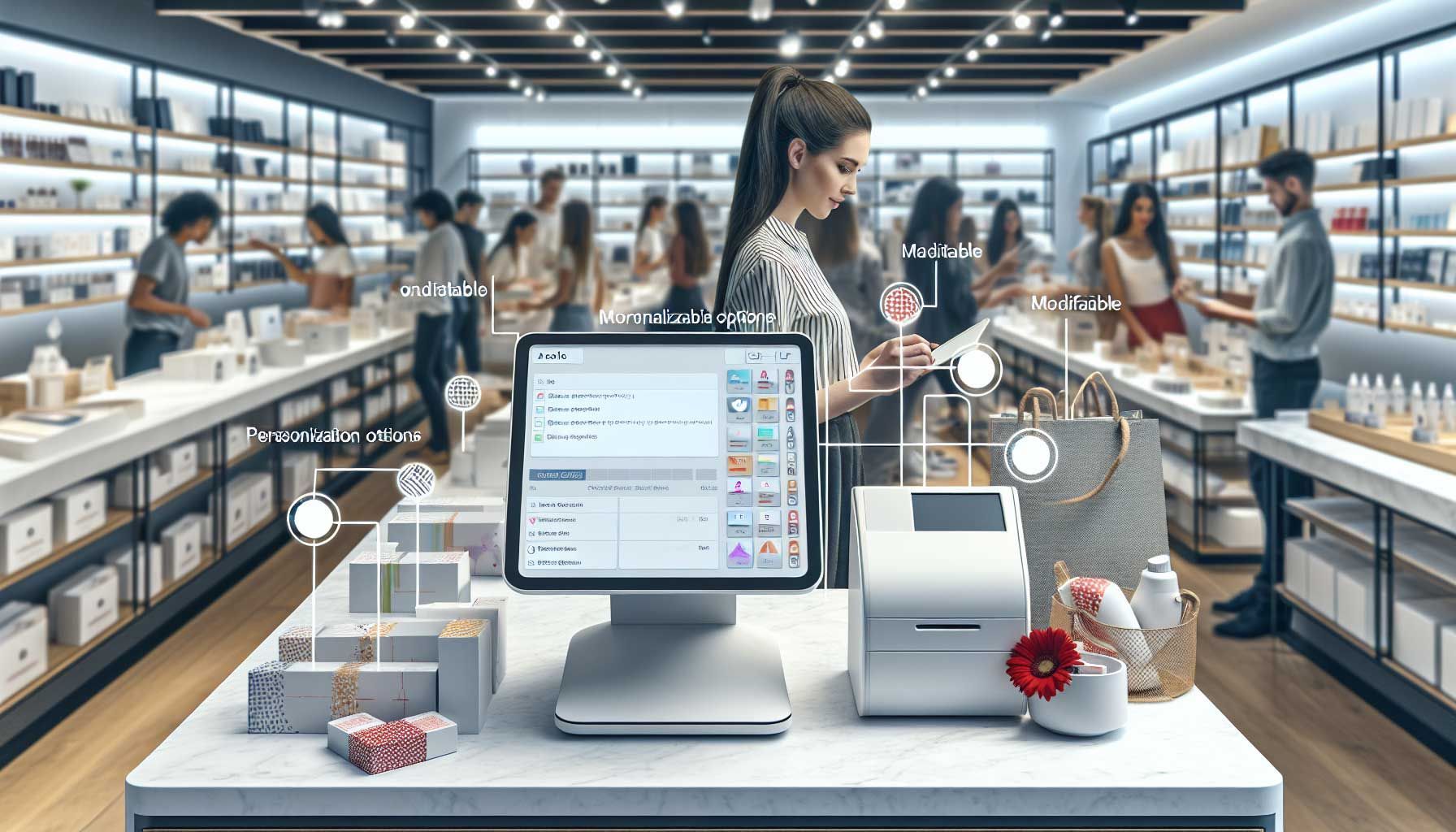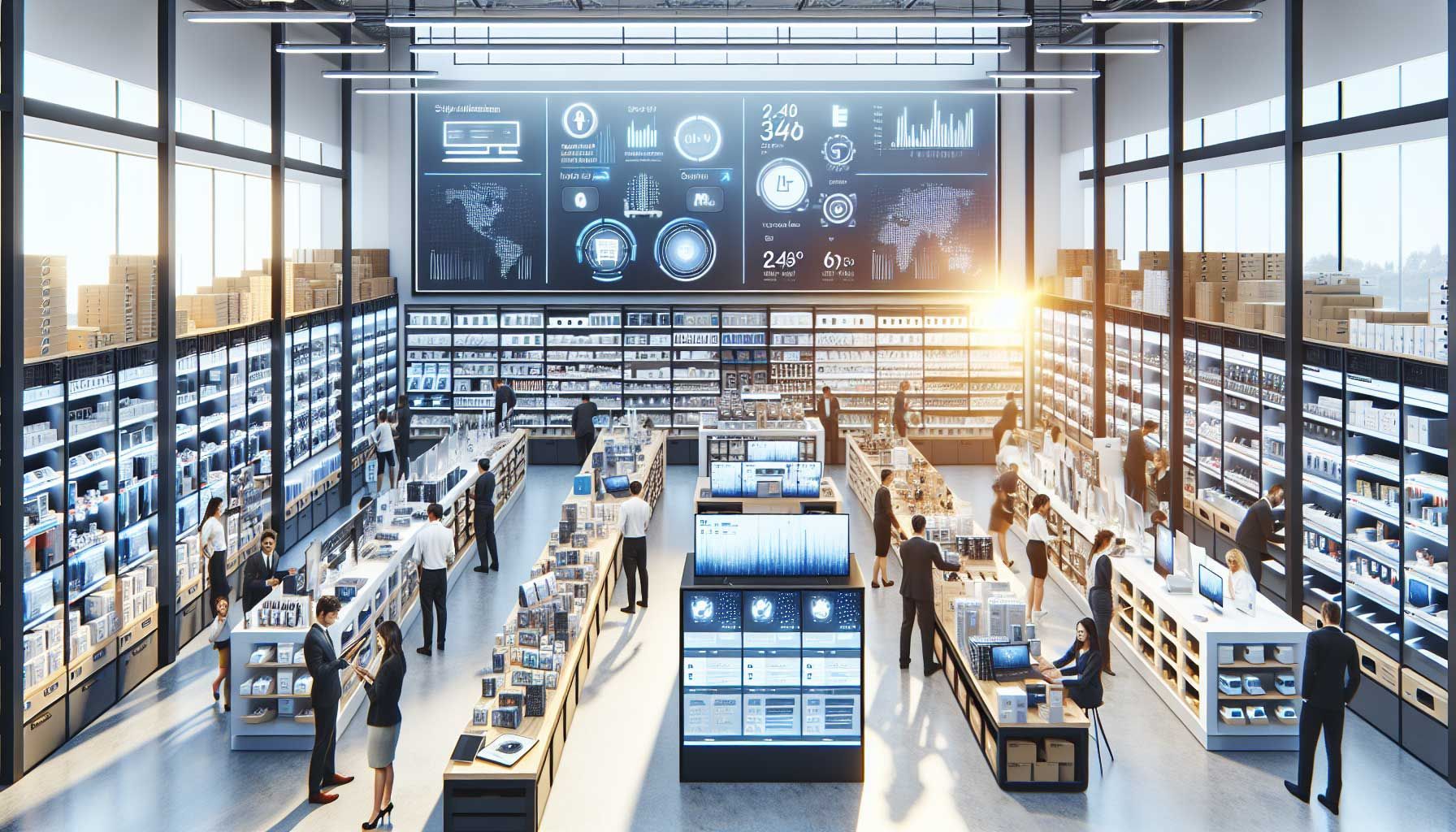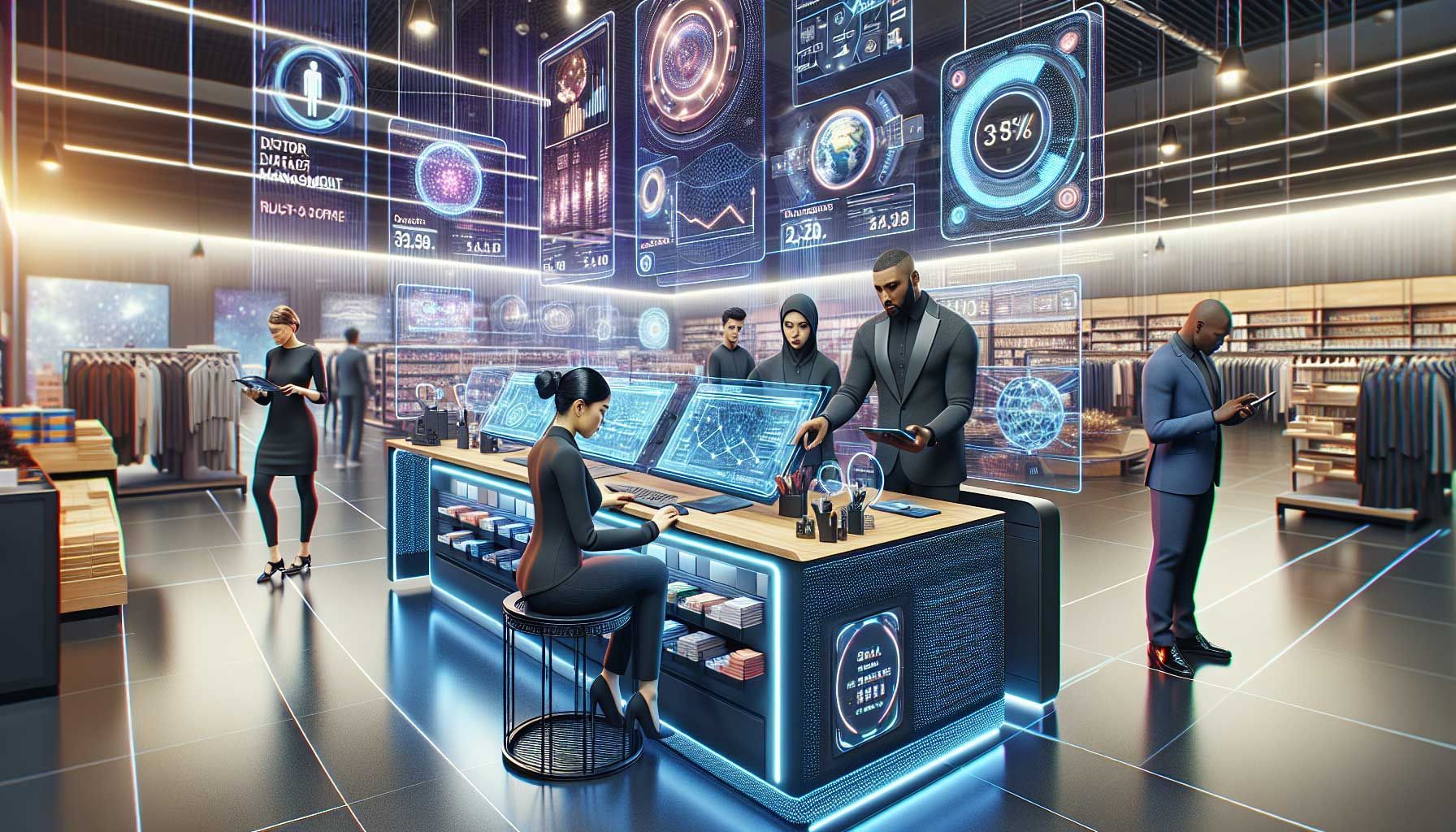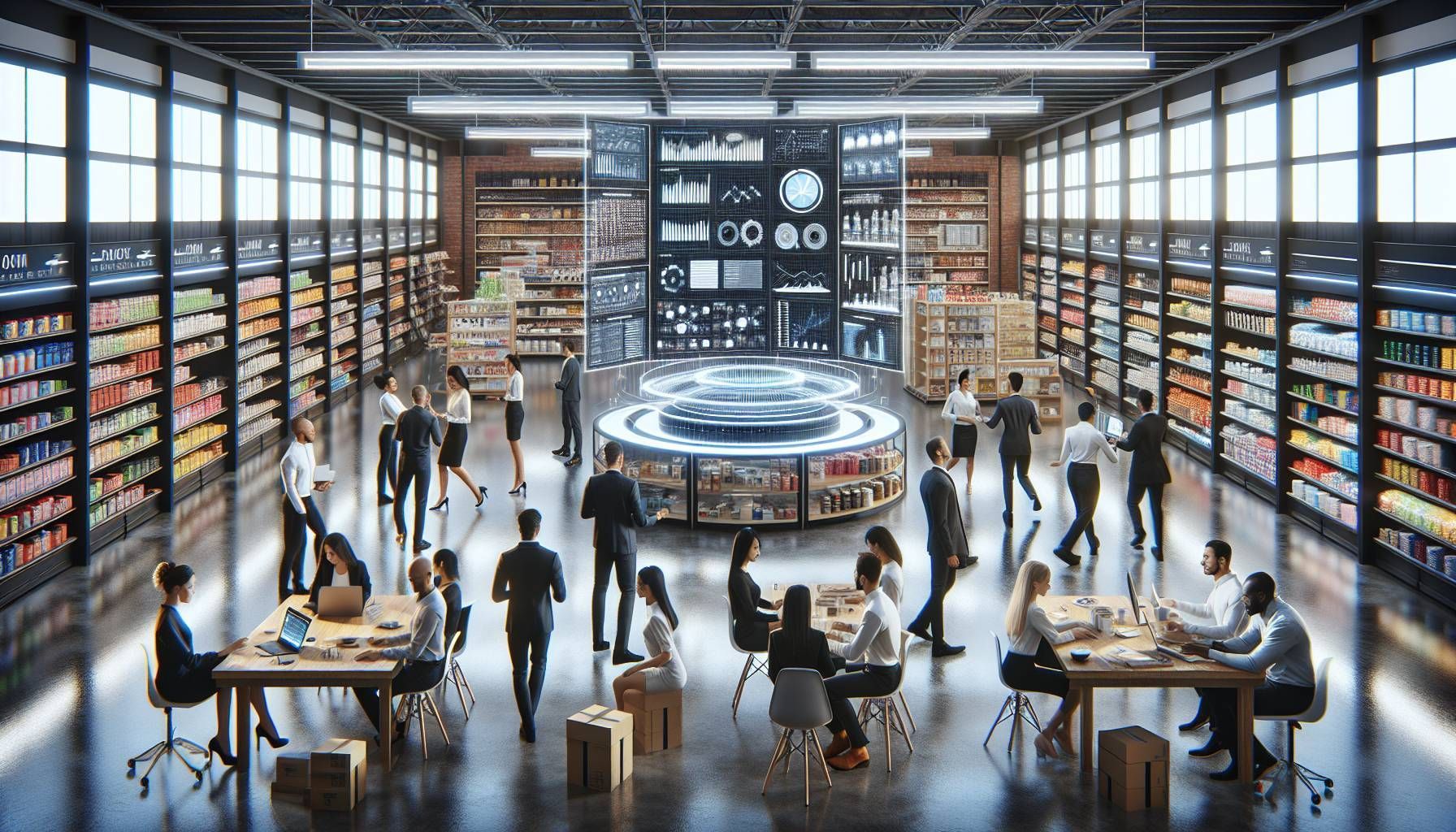Best Way of Supplier Collaboration And How To Become Partners
Best way for a retailer to partner with suppliers and boost sales together
As a retailer you are busy with all facets of your company. This is necessary to make it a success. Therefore, a little help is always welcome. Today we look at how you can collaborate with suppliers to unburden you and grow together. Discover the possibilities to connect with suppliers as a retailer and collaborate on marketing and sales.
It is increasingly common for suppliers to unilaterally terminate the relationship with the retailer. Could you have ever imagined that 20 years ago? Due to the digital transformation, brands can easily stay in touch with consumers themselves. Therefore, the value of the physical store goes beyond being able to offer products.
Discover in this post:
- What currenlty hinders good supplier collaboration?
- Supplier and retailers establish a common goal
- Realtime insights and sharing data
- Cross-functional collaboration and communication
- Value creation in your own way
What currently hinders good supplier collaboration?
Before we can determine the best form of supplier collaboration, it is important to map out the barriers. Ultimately, few companies in a chain succeed in working together efficiently. This is strange because it can actually save time and costs. It also contributes to a better consumer experience and higher sales. So why do so few companies succeed in this? Research shows that there are 3 reasons for this:
- Mindset & Traditional view
- Old technology and systems
- Little or no transparency
Let's briefly explain them and then look at how you can strengthen the relationship with your supplier.
1. Mindset and traditional view
Many companies are used to their current working method. For example, a sales representative of a supplier visits a retailer and recommends the new collection. In this way, there is only contact once every few months. Of course sometimes calls are made with a question. But this falls more in the category 'customer relationship maintenance' than intensive supplier collaboration. So this way of working involves high costs, such as hourly wages, transport and insurance. And that while this method already existed before there was a digital infrastructure.
Of course it remains interesting for suppliers to visit customers otherwise they would have stopped doing it long ago. This is partly due to retailers not proactively seeking to partner with suppliers. An important reason for this is that in many cases both parties are still focused on saving costs. They mainly see each other as another company to sell or buy products from instead of working together.
Furthermore, buying via well-known B2B Wholesale marketplaces is nowadays an easy way to find new suppliers. This is a simple way of purchasing as a retailer and perhaps a cheaper channel to sell your products as a supplier. However, both companies are still not an extension of each other in order to offer the consumer the best experience.
2. Old technology and systems
In addition to mindset, using old systems is an important reason why businesses fail to collaborate. As a result, retail integration and collaboration do not run smoothly, because processes deviate too much from each other. For example, companies use completely different technology for inventory management and ordering systems. As a result, a lot of customization is required and an industry standard is missing.
In many cases, this naturally requires an investment from both parties. Only if the advantages outweigh the disadvantages will companies be prepared to do so. So you need pioneers (mindset) and early adopters who see the usefulness of supplier collaboration. Furthermore, it is also a matter of lack of knowledge when it comes to using the right technology. Technical knowledge is required to implement the right solution. In retail, we often see that people use a system for more than 20 years without upgrades.
3. Little or no transparency
Last but not least, another important roadblock for strong collaboration is the lack of insight and clarity. For example, the supplier dont 'know in real time what the stock and sales of his products are in the store. In addition, the stock level and
product information of brands is usually insufficiently integrated in the retailer system. The use of old software plays a role in this. As a result, it is often not possible to achieve partnerships. The lack of transparency means that partners cannot make the right data-related decisions.
Only by creating clarity, sufficient trust is created to further build the relationship. Moreover, both parties then know how they can add value and strengthen each other. We would like to explain this below with practical steps, so that you can get started with it today.

Suppliers and retailers establish a common goal
There has to be a win-win situation to make cooperation happening in retail. That is why it is essential to be clear about each other's expectations and what effort both parties are willing to put in. This commitment is necessary to be able to use the right tools.
Let's look at an example to make it practical. With Retailgear we offer value networks to every retail industry. That is why we linked jeweler systems to each other and to dozens of their suppliers via one central database. However, two suppliers did not want to link. They were afraid to share their general product information because there was no clear agreement on what they would get in return. The common goal was missing.
So you should not expect parties to be on the same page directly. However, in the end it became clear that it did have a positive effect. This requires open, honest communication about expectations and plans. Furthermore, our innovation was first seen as a threat by some. Existing market leaders were unsure of their new position. Trust is therefore critical to enable supplier collaboration.
Interesting common goals for the retail industry
Let's look at interesting goals for partnerships in the retail industry. Ultimately, it should save time and costs and increase sales. However, collaborations to boost the service level can also be interesting, because this has an indirect impact on increasing turnover. Four common goals for supplier collaboration:
- Make product information available automatically
- Outsource partial inventory management of brands to the supplier
- Create marketing opportunities for suppliers through retailers
- Speed up repairs and service by doing this together
1. Make product information available automatically
By working together in one PIM system, the retailer has direct access to all product information from the supplier. This way, only one person needs to enter the product information. This saves a lot of time when booking and presenting products. In addition, it is interesting for suppliers, because it makes it easier for retailers to buy from them. They also receive real-time insight, which you can read more about below.
2. Outsource partial inventory management
The retailer is able to share its stock and sales data in real time with the supplier in the B2B Sales App. In this way, the supplier can remotely see the status of its brands. So it saves costs because the supplier don't have to visit the shop every month. Moreover, this gives the possibility to make agreements with the supplier as a retailer. You can let the representative determine the collection in the store. All you have to do is check what is ordered and confirm the delivery.
3. Marketing opportunities
Because everyone works in the same system, the stock products are displayed directly on the retailer's website. This provides marketing opportunities for the supplier through the retailer. The strength is that both parties work together in the field of online marketing. Usually the physical store does not have the time and knowledge of doing this.
4. Speed up repairs and service by doing this together
Often parts are required for repairs or must be sent to the supplier. By providing the supplier with insight when creating the repair, this process is improved and accelerated. This provides the consumer with a faster solution and customer satisfaction increases.

Realtime insights and sharing data
After establishing a common goal, it is essential that both parties gain insight. For this, both parties must (be able to) share real-time data. The power of Retailgear is that you don't have to do this with custom connections. It is only a matter of switching a switch per supplier. This way, as a retailer, you retain control with which supplier you do or do not want to work with.
By sharing real-time data, clarity is created for your partner. This offers possibilities for quick and intensive cooperation. It increases trust in the collaboration and therefore also the speed of processes goes up. In the beginning, it is necessary to keep checking and checking whether both parties continue to pursue the same goal. At some point, the two parties are attuned to each other. At that moment you immediately see the speed increase.
What data is important to share? This mainly concerns general product information, stock at both parties, sales figures at the retailer and general benchmark figures. The stock figures can be broken down into current stock, advised and minimum stock. With this data and the right tools, the entire purchasing and sales process is optimized.
Cross-functional collaboration and communication
If the infrastructure is making intensive supplier collaboration possible, it is all about the implementation. Different teams, such as salespeople, marketing, purchasing, ICT and other stakeholders need to be informed. Each department may need to make a small adjustment to contribute to the whole.
Good cooperation therefore stands or falls with the correct provision of information. It is important that both parties consider what changes for each department or employee. It is also interesting to see how these people are best informed.
Value creation in your own way
The power of supplier collaboration. This is best done in a value network. In this way, each party can again do what it is good at with one common goal. The starting point is always to offer optimal customer experience together.
The strength is that each party is rewarded for its own input. For a retailer, this is, for example, personal customer contact and extra services. For a supplier, that is brand positioning and inventory management. By creating the right experience for both, the consumer gets the most value for his money.

Bring your shop to the next level
Hi, I'm George and I like retail and technology. Therefore, my passion here at Retailgear.com is to provide you with reliable information to automate and digitize your store. You can find out what we can do for your industry through our menu. Also, feel free to check out this updated list of retail tools.
Get inspiration in your inbox to get more sales and store visitors with less effort.
Contact Us
Thank you for subscribing to our newsletter!
Please try again later.
More about your favorite subject
Discover latest posts
You can use, change and resell our complete solution whitelabel.
© 2022 All Rights Reserved by Retailgear
© 2024 All Rights Reserved by Retailgear | Terms and Conditions

